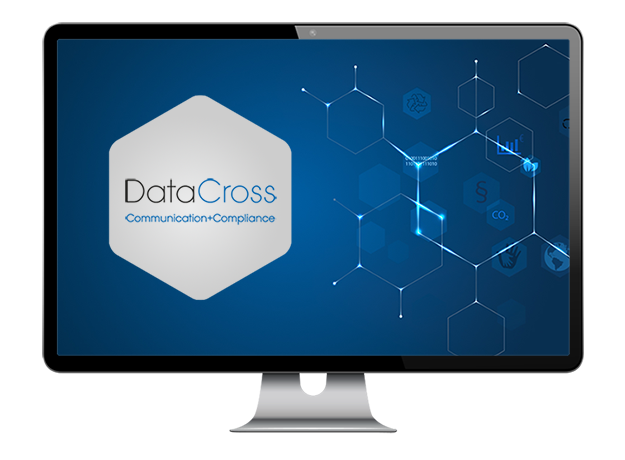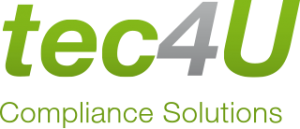Dismantling for Recycling / disassembly strategy
What is dismantling for recycling about?
The introduction of the Ecodesign Regulation and Product Passport requirements formulated therein (www.material-passport.de) has inter alia also set out the requirements for the recyclability of products, and thus their Design for Recycling. Design for Recycling means that a product has to permit the simple removal of hazardous materials, and an economic disassembly of its parts and materials insofar as required for downstream material recycling. Besides the knowledge about the materials used in the individual articles of a product, their “position“ in the product needs to be identified too, and its dependency on disassembly mapped.
How can tec4U-Solutions help?
tec4U Solutions offers you software and services in the area of ecodesign and recyclability, and helps you identify your dismantling strategy. We draw on our far-reaching experience in describing recycling strategies in doing so, based on real product disassemblies.
The DataCross software is used by companies to request declarations and documents relating to legal substance-related and environmentally relevant requirements from suppliers, and to analyze and manage them. DataCross 2.0 will bring further functionalities and modules in a circular economy context, inter alia a recycling module (Design for Recycling) and disassembly module (Dismantling for Recycling) for calculating the recyclability. Both modules include the requirements for the legally defined Product Passport.
For compliant issuance, the results of the dismantling and recycling module and calculated recyclability and/or recoverability are transferred to the Digital Product Pass as product parameters in DataCross 2.0.
The Dismantling for Recycling (DismantfR) module in DataCross 2.0
This is based on the product parts list, which ideally also includes a code describing the ease of dismantling at the connecting elements of all kinds. The parts list can then be used in the recycling (Design for Recycling) module for a first analysis of the recyclability.
More precise results are obtainable by transferring the parts list to a dismantling tree where the dismantling dependencies are visualized, and that also enables dismantling times to be allocated to every article in the dismantling tree. This includes the product- and article-specific (if applicable) mapping of the following dismantling information:
You can filter for various criteria within the module, such as connecting elements, dismantling times, materials, …
The dismantling module is available as an expansion module of the recycling module or also for use as a stand-alone module. In the latter case, the parts list information is acquired by way of the standard DataCross imports, and the data output (dismantling tree and dismantling strategy) likewise delivered as standard exports.
Benefit from the following tec4U support services:

Your advantage
Any questions?
We are looking forward to your contact.
Stefan Nieser
We look forward to supporting you.

